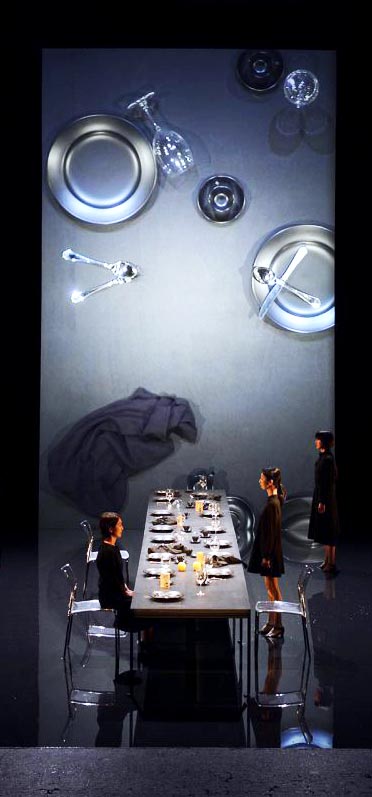
Richard Vijgen
WiFi Impressionist
Wifi Impressionist is a field installation that draws electromagnetic landscapes inspired by the cityscapes of William Turner. The work consists of a directional antenna on a pan-tilt mechanism that listens for WiFi signals and builds a three dimensional model of the signals around it. From this model a viewport is selected that defines the perspective and the frame. Signals that are picked up within the frame are visualised as waves emitted from a specific origin and drawn using a mobile plotter. The antenna and the plotter are both mounted on a tripod and can be placed in the field much like a painter would set up his easel. Once positioned and oriented a drawing becomes denser over time depending on the density of networks around it. Wherever there is a WiFi signal, the drawing will eventually fill the frame.










